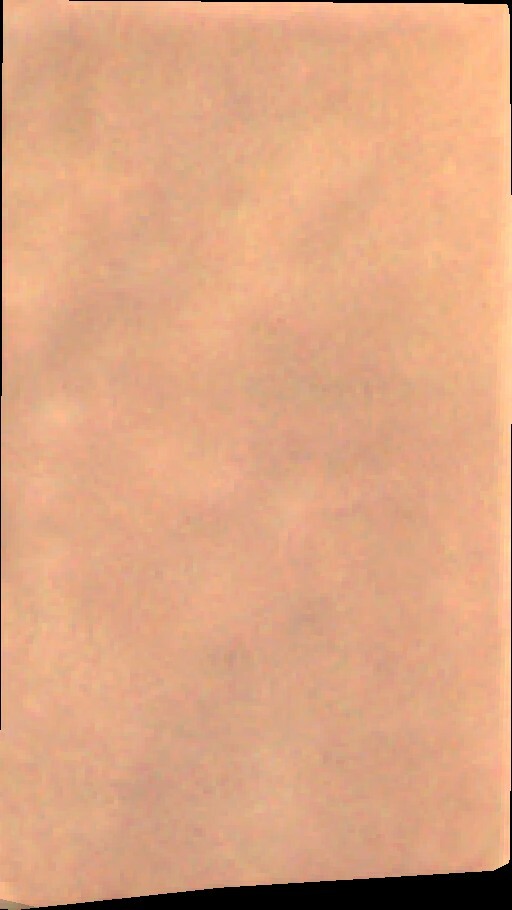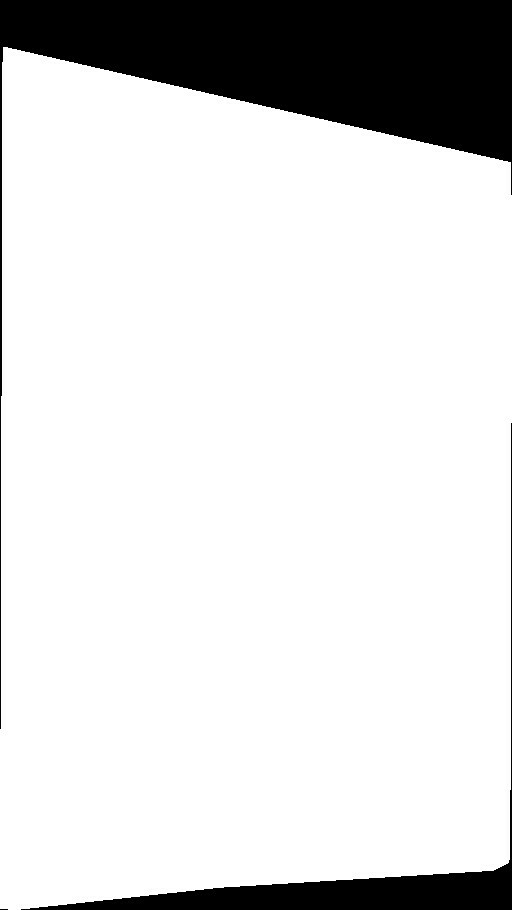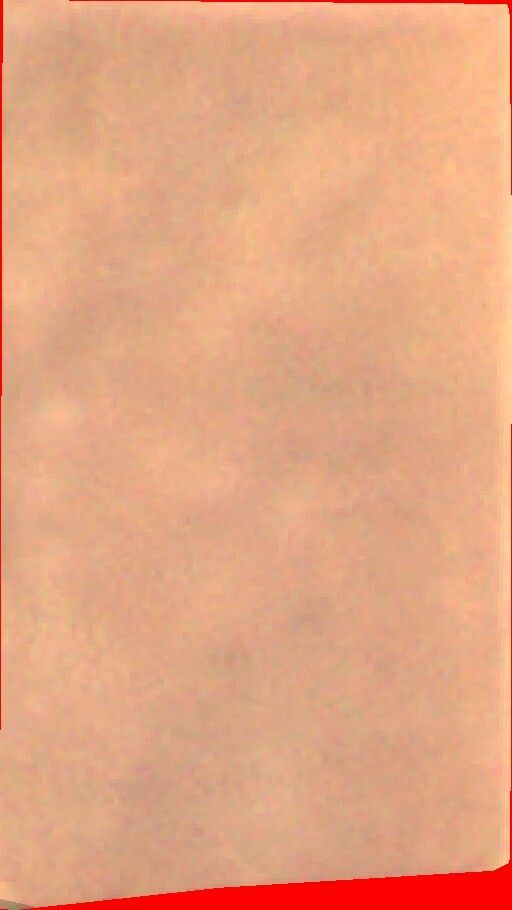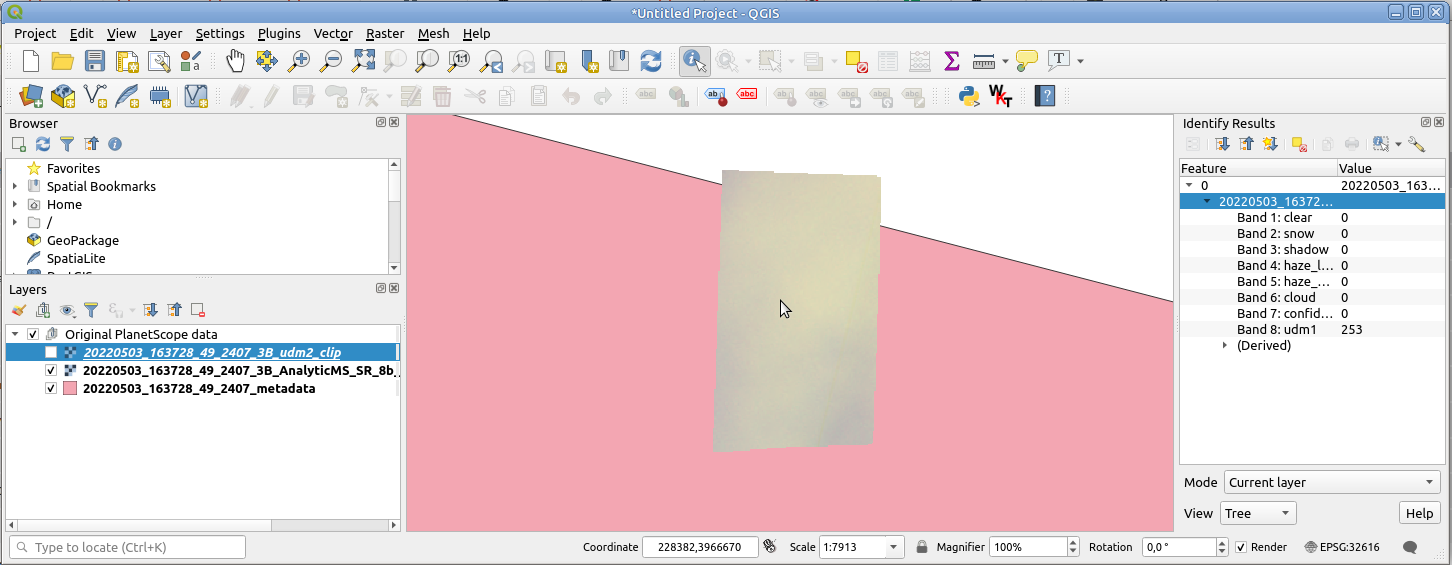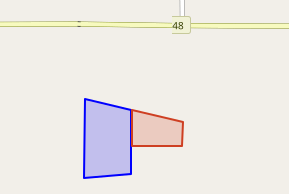Hello!
We are starting to use Planet imagery through Sentinel Hub and we noticed a few cases where the image is cut off.
This is an image from May 1
And this one from May 3
Any idea why the second one has the top cropped? Does it have anything to do that it’s all white, probably meaning it was all clouded and somehow it got cropped?
We realized that if we use band UDM2_Clear for May 3, whole image response has a value of 0 for that band but we are unsure of something here, even if the picture has areas or whole AOI with unclear data, wouldn’t a true color script show whatever it is the satellite captured? Or is that top cropped being left out by the dataMask? And if it is, how is it that using and painting (red if it’s not clear) image with UDM2_Clear get even out of AOI areas painted like in example below.
Does dataMask not work exactly the same as for Sentinel-2?
May 1 image:
May 3 image:
Our script is a simple true color one (we added a tweak including UDM2_Clear for the second set to show the red sections):
function getPlanetReflectanceUnit(dnUnits) {
return dnUnits / 10000
}
function setup() {
return {
input: ['Blue', 'Green', 'Red', 'dataMask'],
output: { bands: 4 },
}
}
function evaluatePixel(sample) {
const { Blue, Green, Red, dataMask } = sample
const blueRef = getPlanetReflectanceUnit(Blue)
const greenRef = getPlanetReflectanceUnit(Green)
const redRef = getPlanetReflectanceUnit(Red)
// Set gain for visualization
const gain = 4
return [redRef * gain, greenRef * gain, blueRef * gain, dataMask]
}
Also, is the conversion from DN units to Reflectance units ok? We see difference in colors from images on close days between the two satellites and we are not sure if the conversion is correct. Ultimately, we want to make that conversion to Reflectance units to end up using same exact scripts for both Sentinel-2 and Planet if possible.
Thanks!

